How to Identify a Vintage Sewing Machine
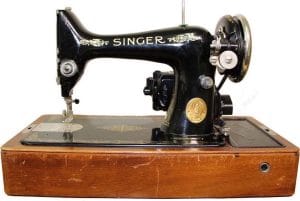
| Key Topic | Details |
|---|---|
| Locate the Sewing Machine Serial Number | All sewing machines, including vintage models, have serial numbers on them, usually located on a small plate on the front panel. This number is crucial for identifying the machine. |
| Do Some Research | Using the serial number, research can be conducted to understand the history of the machine. Assistance can be sought in various places like online charts, local seamstresses, or antique specialists. |
| Assess the Accessories | If the serial number is not available or its information is hard to find, assess the accessories of the machine. Manual vintage machines lack electrical mechanisms and often feature a hand crank mechanism and a foot pedal. The materials used can also hint at the age of the machine. Vintage machines were often made of cast iron, durable metals, and dense woods. |
| Summing It Up | Vintage sewing machines are valuable, especially ones from known brands like Singer. They can be family heirlooms or finds from flea markets or antique shops. Depending on their age and history, these machines could be worth a lot of money. |
Locate the Sewing Machine Serial Number
All sewing machines – even vintage models – have serial numbers imprinted on them. Usually, the serial number is located somewhere on small plate on the front panel of the machine. Once you have located the serial number, jot them down.
Do Some Research
Now that you have the serial number, you can dive into the history of the machine by doing a little bit of research. There are plenty of places that offer sewing help, including assistance with identifying a vintage sewing machine. In fact, you can even find charts online, or you could ask a local seamstress for some input. Another option is to speak to someone that specializes in antiques. Older sewing machines, particularly Singer sewing machines, are extremely valuable and many people who have interest in antiques will likely have some knowledge about the history of these machines.
Assess the Accessories
If, for some reason, you cannot locate the serial number of the sewing machine, or if you are having a hard time finding information about the serial number, the accessories can serve as clues to the age of the machine. For example, determine if it’s a manual or an electric sewing machine. True vintage sewing machines were manual, and as such, they will not feature any electrical mechanisms; therefore, if the machine in question does not have any electrical parts, there’s a good chance that it’s been around for a while.
Take a look to see if the sewing machine features a hand crank mechanism and a foot pedal; if it does, that definitely means that it is manual and therefore, vintage. The hand crank mechanism and the foot pedal are what were used operate and guide the needle. The materials that the sewing machine is made of can also give you some insight into its age; for example, vintage sewing machines were often made of cast iron and other highly durable metals, as well as dense woods.
Summing It Up
Whether it’s a family heirloom or something that you found at a flea market, a yard sale, or an antique shop, a vintage sewing machine is a wonderful thing to have. We recommend holding onto it for safe keeping; however, depending on the age and the history, it could be worth a good bit of money!




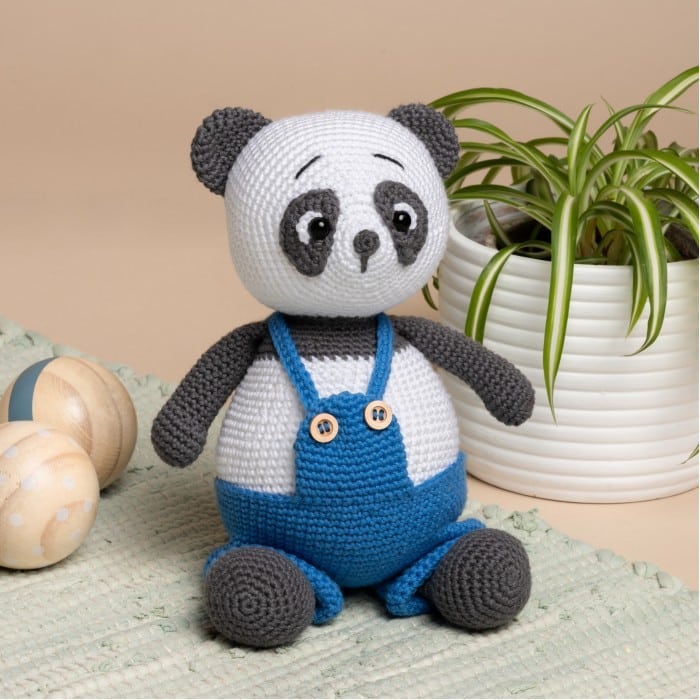
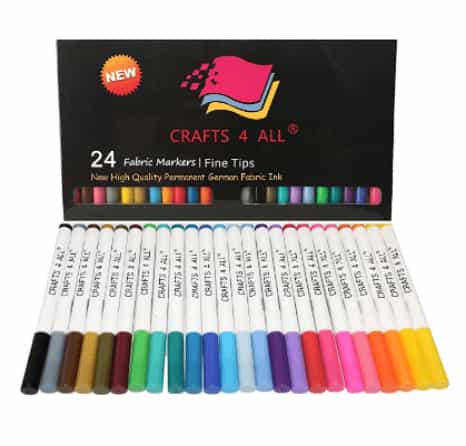
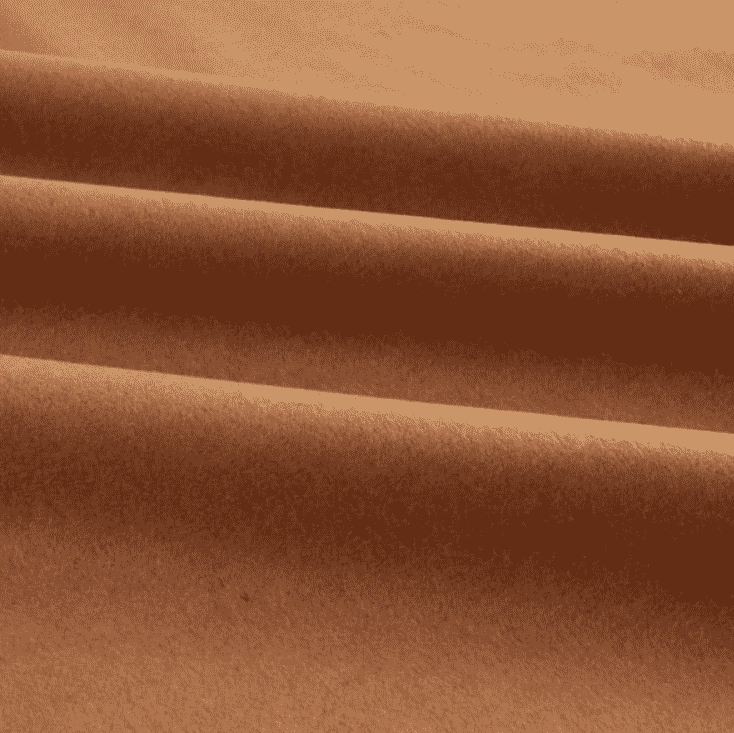
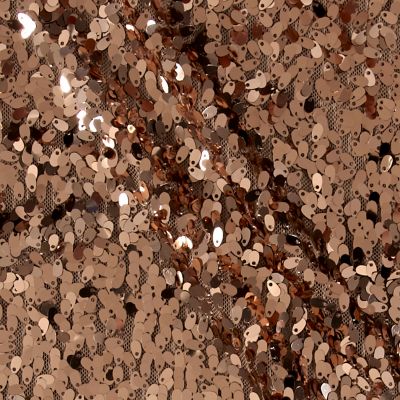
I have a Kingston Super Deluxe sewing machine serial # h 5510651
How can I find the value of it since I have not been able to find it on the internet?
Thank you I appreciate your help.
From my research it varies between $10 at auction up to 225 on ebay. Hope this helps.
My mom still has my grandmother’s old Singer sewing machine. The belt is broken and I’m not sure how to replace it.
I have a White SM I just purchased. It is
awesome. However, when I first opened it
up, I couldn’t believe the machine didn’t fall through to the floor. I know nothing about the lift mechanism or all the parts. I want to refurbish it. I cannot aford to have it done. A lot of the metal parts have come
loose and detatched. I think they are all there, but not sure. Some wood also needs to be replaced
I’ve been looking for a set of blueprints to
go by. I am not having any luck. I’ve been
studying this thing for 6 wks. I have another cabinet but not the same brand. If you could direct me to some resouces or something to get this beautiful cabinet back together, I would be so greatful. Can’t wait to see it finished. The 6 drawers and cast iron are in great shape.
Tks so much.
Try contacting this site:
https://www.sewingdoc.com/restoration-services
they specialize in repairs such as you need.
Hope this helps.